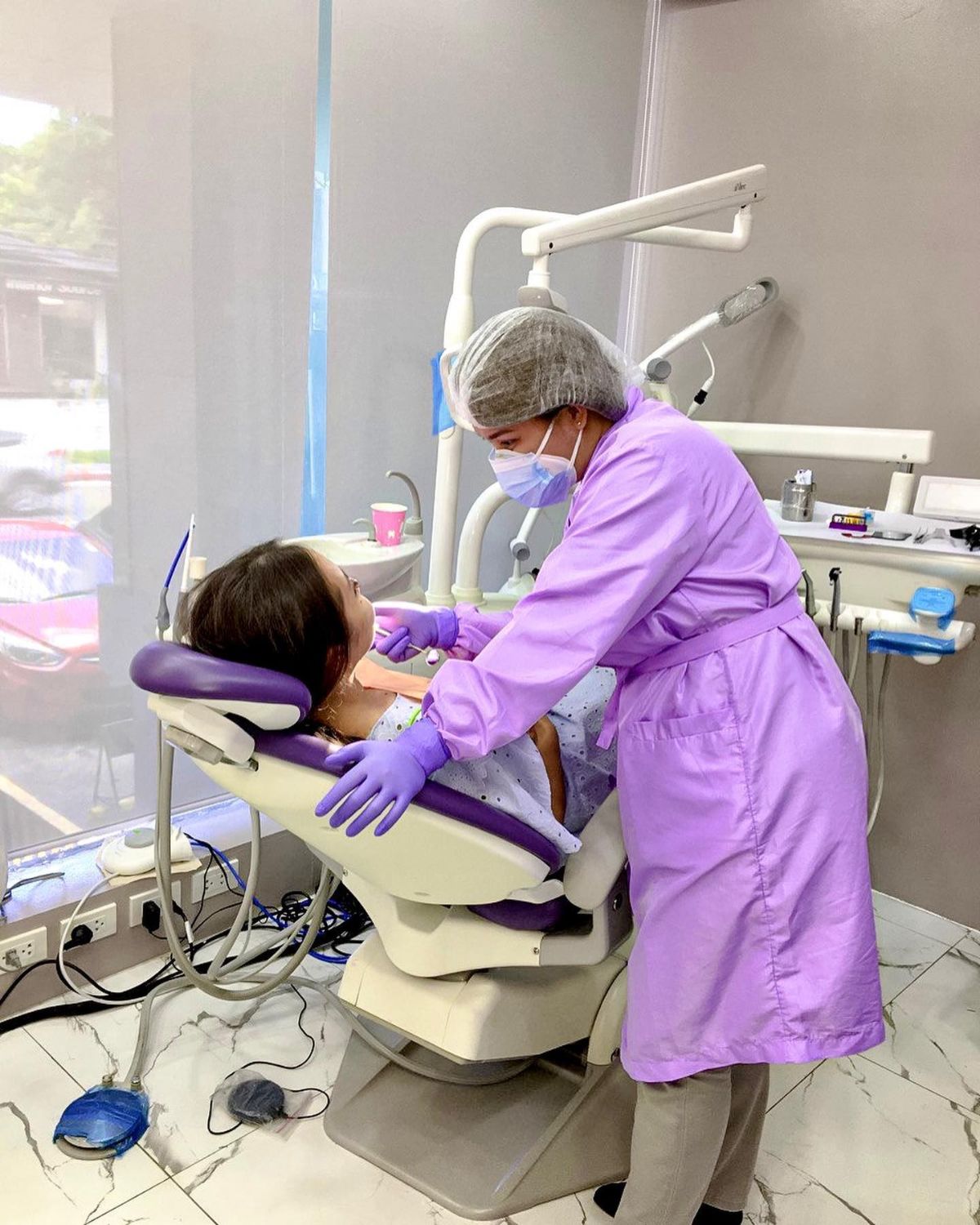Different Materials Used For Dental Fillings In The Philippines

Different Materials Used For Dental Fillings In The Philippines
What are the different materials used for dental fillings in the Philippines?
- Composite fillings
- Glass ionomers
- Ceramic fillings
It can be scary to hear that you’ll be needing a dental filling from your trusted dentist. However, there’s no need to worry since these are meant to repair and protect your tooth from cavities. People needing these for the first time may not be familiar with the different materials used for dental fillings here in the Philippines.
To get you ready for your next dentist appointment, we’ve put together this blog to discuss the. Let’s start with composite fillings.
Composite Fillings

This type of dental fillings material is made from resin, silica, quartz, ceramic particles, and powdered glass to give match the surrounding teeth. This is a popular choice among patients since it does not appear you had your teeth filled afterward. Composite fillings also provide further support to your tooth’s structure.
Dentists used composite fillings to repair chipped, broken, or worn teeth to give you the most confident smile you deserve. These can last for up to 5-10 years, after which a replacement might be required.
Glass Ionomers
Glass ionomers are used by dentists for temporary fillings, tooth decay near the gumlines, and baby teeth.
Compared to composite fillings, glass ionomers are a more flexible paste. It is used to create a tight seal between the surrounding environment and the tooth. In a way, it forms a seal in order to protect the tooth affected by the cavity. Furthermore, it releases fluoride, which helps the root stay healthy and prevents decay from occurring again.
Glass ionomer can also be used beneath deep restorations that are close to the pulp or nerve system. While releasing fluoride, it serves as a barrier between the composite restoration and the pulp.
However, compared to composite fillings, glass ionomers don’t have the same strength. That’s why dentists use these on adult cavities as temporary restorations or on surfaces which fluoride is needed like the junction between the tooth and gums
Ceramic Inlay/Onlay Fillings
Ceramic fillings are made of porcelain, which makes them both durable and aesthetically pleasing since they match the color of teeth. When ceramic bonds are added to the tooth, it creates a seal that can also restore the tooth’s strength. However, they are more expensive than other types of fillings but are more resistant to stains and friction than composite resin.
What’s The Procedure For Dental Fillings

To give you an idea of how dental fillings are applied, we have summarized the procedure below. Here at Elevate Dental, we do this with precision and care to help your teeth and your smile.
Tooth Decay Removal
When you go to us for a filling, our dentists will first determine whether you can proceed without anesthesia. In some cases, local anesthesia will be administered to soothe the area and prevent sensitivity. After that, our dentist will use a drill to remove the decay from the tooth.
Shaping
Next, your dentist will come in with a drill — but don’t worry, this drill is just meant to shape your tooth. It uses burs, which are metal cones, to cut through the enamel and remove the decay. After removing all of the decay, the dentist will shape the space to prepare it for the filling.
Filling and Polishing
To fill the cavity, a composite resin material or another type of filling is used. However, with composite resin, your dentist tries to match it closest to the shade of the teeth. A laser curing machine is also used to harden the materials.
What’s The Safest Filling Material For You
Patients should be advised about all of their dental options and, with the guidance of their dentist, select the best solution for their specific dental needs.
All types of filling are good for your teeth, but to help you avoid this, here are some things you can do to reduce your chances of getting dental cavities:
- Brushing and cleaning your teeth with fluoride toothpaste daily.
- Flossing at least once a day is recommended.
- Consuming a well-balanced diet.
- Visiting your dentist at least every 6 mos
Key Takeaway
In this blog, we’ve discussed the different materials used for dental fillings in the Philippines. This gives you the advantage of knowing their characteristics and uses based on your specific dental needs.
If you’re looking for the best dental clinic in Manila that provides dental treatments using high-quality dental equipment with top-notch dental services, look no further than Elevate Dental!
Get in touch with Elevate Dental today. You can visit our dental branches in Bonifacio Global City and Greenhills!












